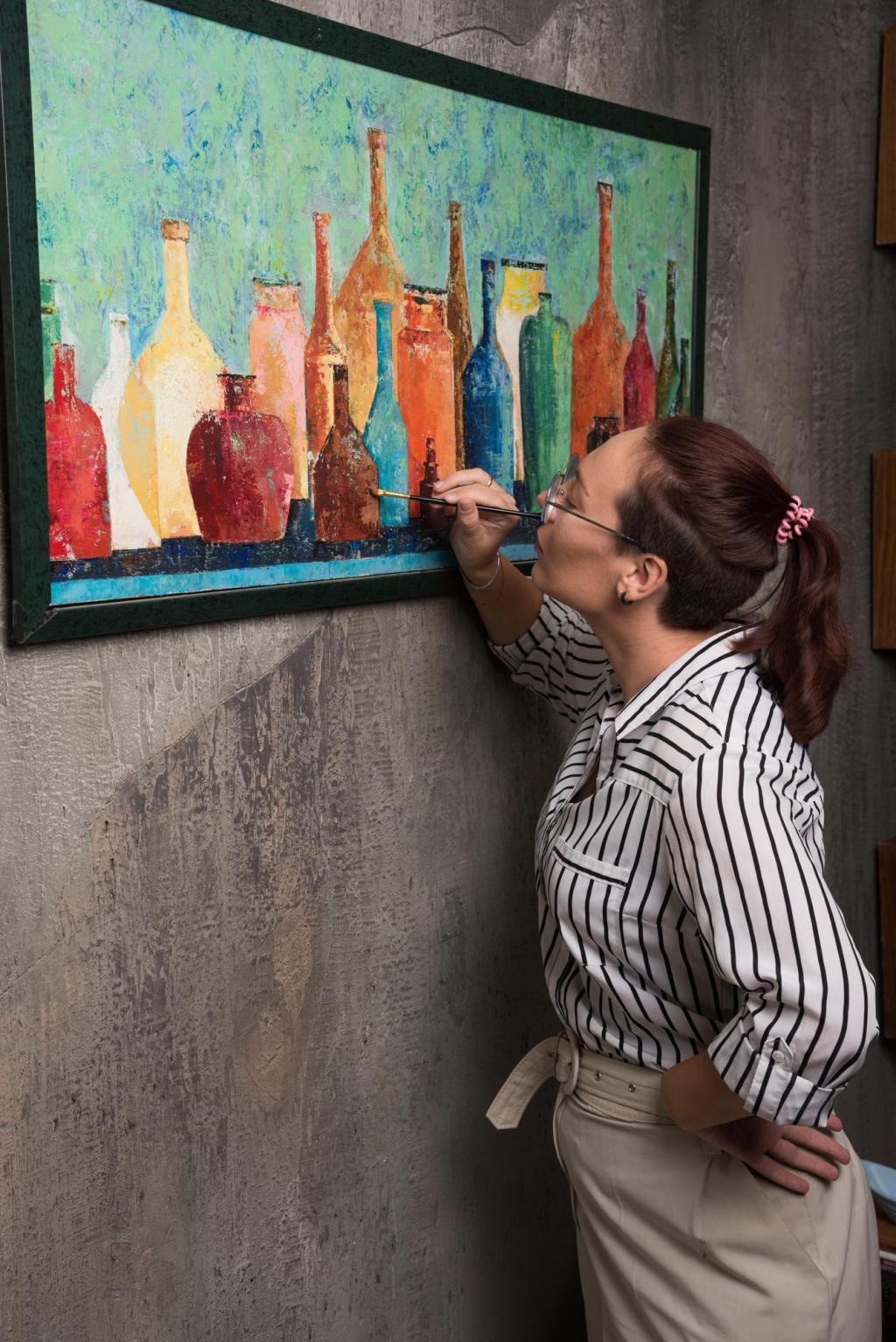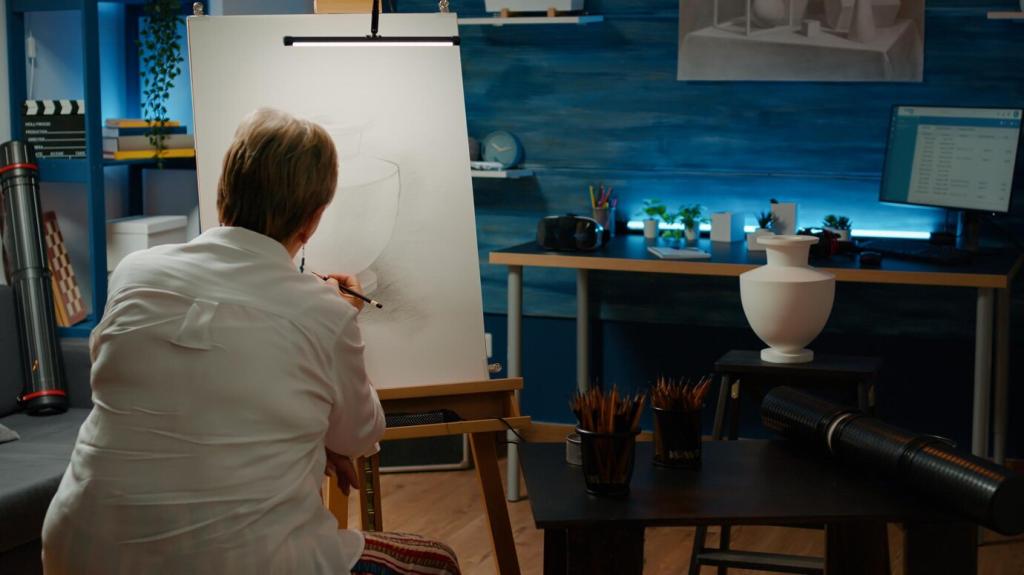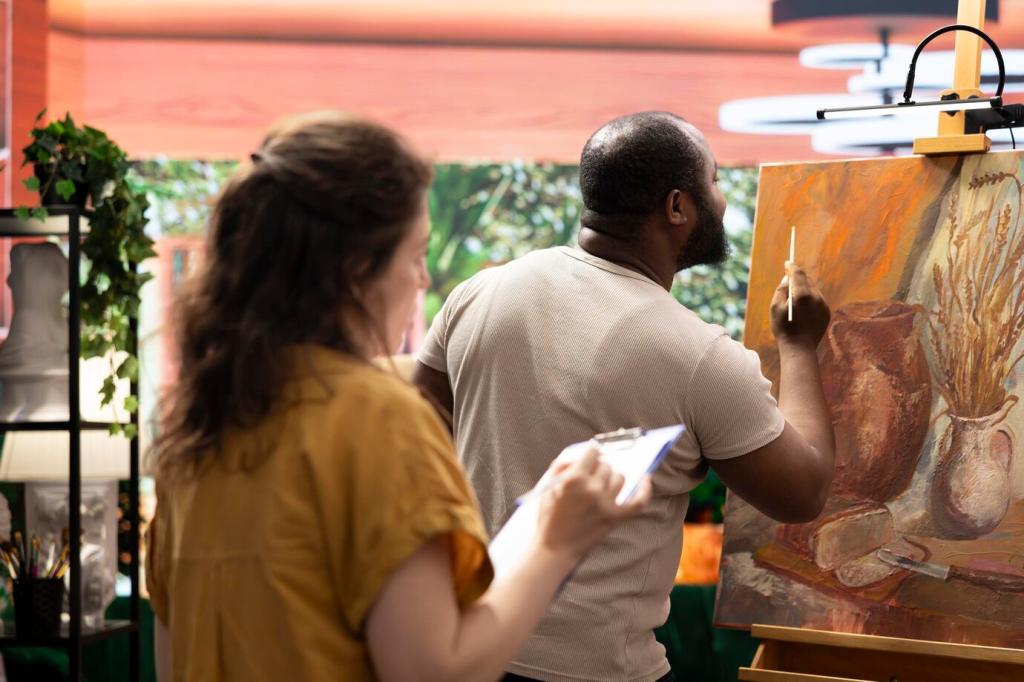Composing Space: Scale, Crops, and Negative Space
Dare to omit the most photographed feature. Show the edge of the cliff, the quiet fence, the shadow of a peak. Absence draws viewers in, asking them to complete the picture. What did you leave out today—and what did it allow you to say?
Composing Space: Scale, Crops, and Negative Space
A hat on a rock, a bicycle, a thermos—small foreground characters humanize grandeur. They establish scale, invite narrative, and protect the landscape from feeling generic. Share one humble object you’ll use to anchor your next iconic scene.
Composing Space: Scale, Crops, and Negative Space
Shoot or sketch the same vista three ways: wide for context, medium for relationships, tight for mystery. Assemble them as a triptych and note which frame carries the emotional center. Post your triptych order and reasoning in the discussion.








